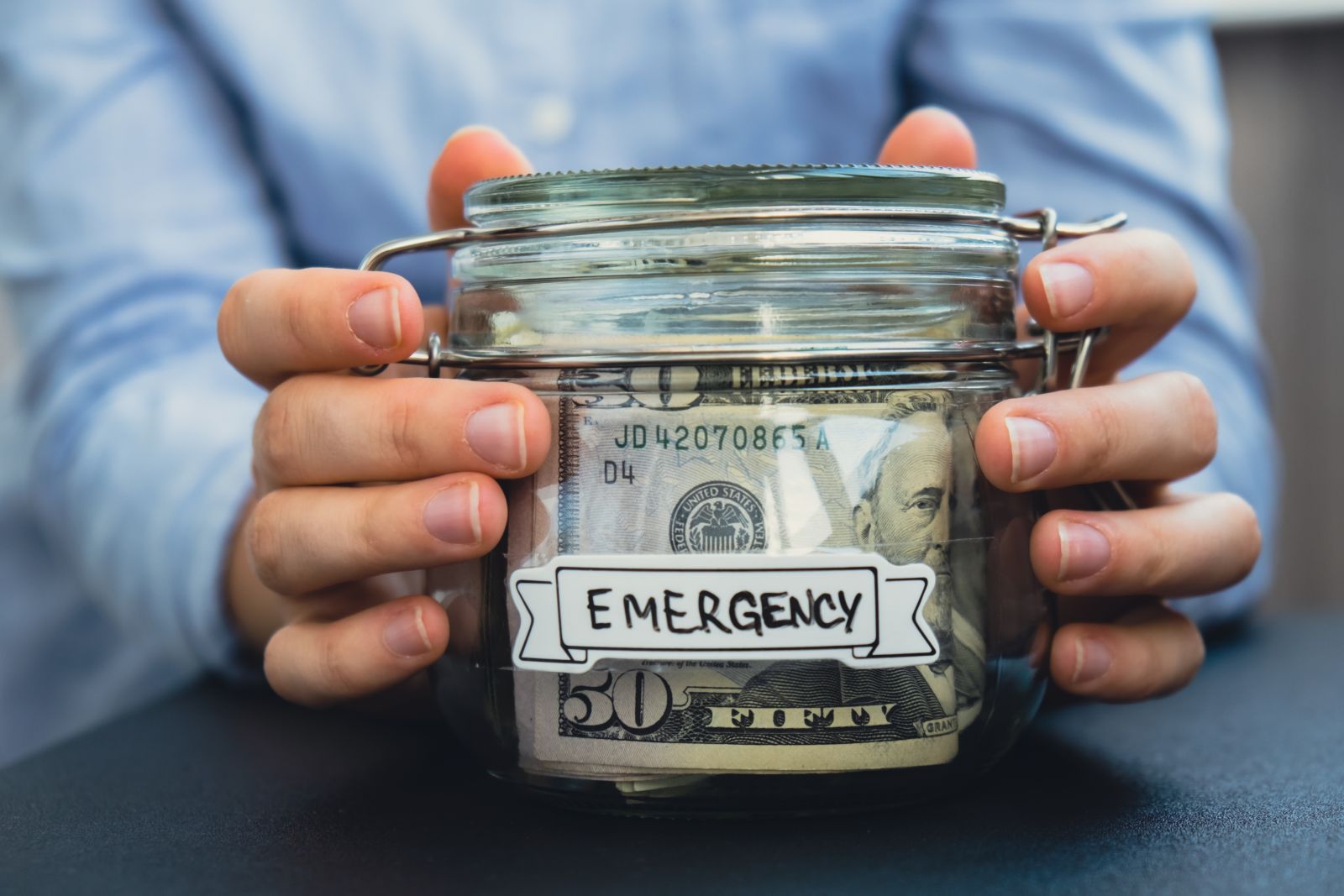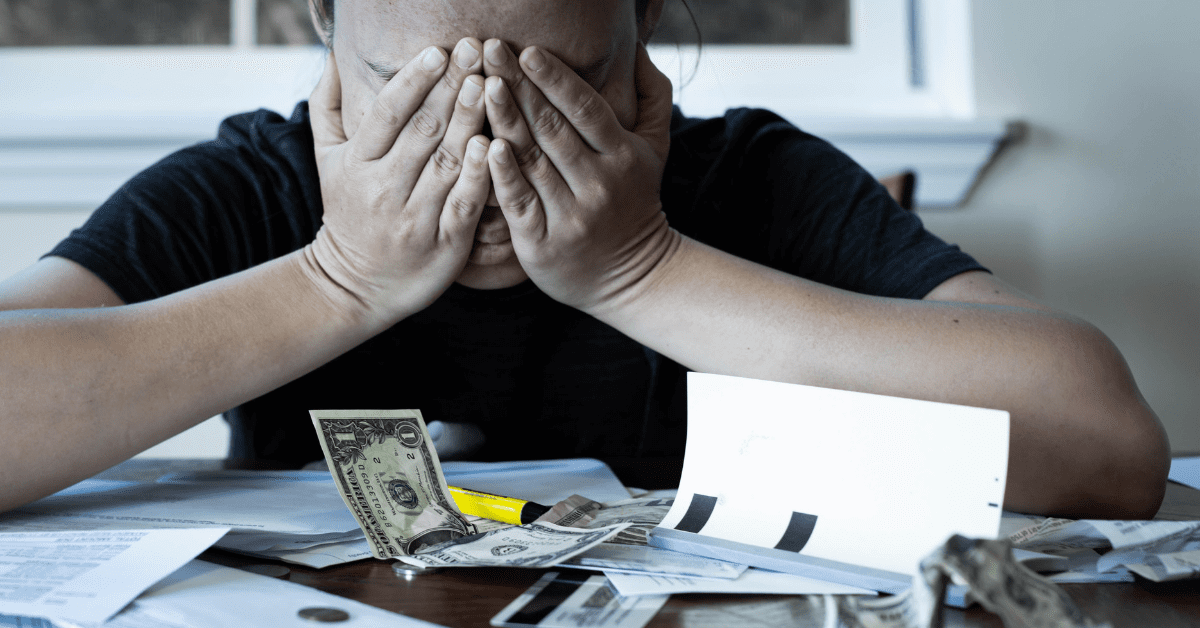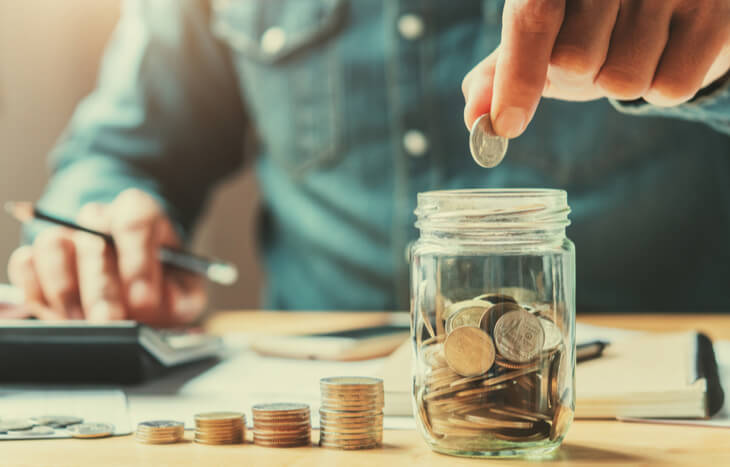Smart Emergency Savings Strategies Everyone Should Know

An emergency savings account provides the security you need from unexpected costs without resorting to expensive credit card and loan products, which often come with higher fees and interest rates, turning an immediate emergency into long-term debt. Save automatically by making saving part of your budget with automatic transfers – this way, building an emergency fund won’t even need to cross your mind!
1. Set a Goal
An emergency fund can give you financial peace of mind by acting as a safety net in case unexpected expenses arise, such as job loss, costly medical procedures, or major car repairs. Setting savings goals helps keep you on the right path and accelerates progress and makes it easier to resist temptation when it comes time to dip into emergency funds for non-emergency items.
Make saving more convenient by setting up direct deposit with your employer so a portion of your paycheck goes into an individual savings account. Or open a money market account, which offers access but has a higher interest rate than traditional savings accounts.
2. Automate Your Savings
Building an emergency fund can be challenging when trying to balance other financial goals. To make it simpler, consider automating your savings. Implement an automatic savings transfer each month from your checking account into an emergency savings account, similar to setting a recurring bill payment, so your money goes toward meeting your goal without needing to be manually tracked by you.
Save money by cutting non-essential spending, such as daily lattes or unneeded subscription services – this will increase savings! Also take advantage of one-time cash infusions like tax refunds or bonuses to boost savings further.
3. Set Up a Separate Account
How you store your emergency savings can have a dramatic effect on their growth over time. Achieve maximum growth with minimal risk by selecting an account that offers easy withdrawals, secure storage space, and interest to combat inflation without diminishing purchasing power.
Your emergency savings should remain separate from other accounts to reduce the temptation to use it for non-emergency expenses such as vacations or new wardrobe purchases. Also avoid investing these funds in high-risk investments like stocks or real estate, which could lose value quickly. Your bank or credit union offers secure, convenient emergency savings accounts that offer competitive yields to help your money grow more rapidly.
4. Focus on High-Interest Debt
Finding a balance between debt repayment and building emergency savings can be daunting, but prioritizing high-interest debt first can help accelerate progress faster and set you on a path toward long-term financial security. Non-emergency expenses like vacations, recreational activities, and non-essential home improvements should be saved separately so as to preserve your emergency fund for true financial emergencies.
Finding ways to increase your savings goals more quickly by finding ways to earn extra money can also be useful in reaching them more quickly. Side gigs, selling unneeded items, and cutting unnecessary expenses may all be effective strategies; however, it would be wiser if any emergency savings are kept separate from investment accounts, which might pose market risks or incur penalties for early withdrawals.
5. Review Your Monthly Budget
Establishing an emergency savings account offers peace of mind during any unexpected financial shocks, whether they involve job loss, unexpected medical costs, or car repairs. By having this financial buffer available to them in times of trouble, they’re less likely to resort to credit cards or incur more costly loans in their time of need.
Reducing spending can help people increase the amount they put away into emergency savings accounts. Allocating any unexpected funds, like tax refunds or bonuses, to this goal makes building your emergency savings quicker and may mean temporarily cutting non-essential expenses like dining out or cutting subscriptions.
6. Set Up a Recurring Transfer from Your Checking Account to Your Emergency Fund
Once you have sufficient savings set aside for an unexpected short-term emergency, it’s important to focus on other savings goals, such as increasing retirement contributions or investing in stocks or bonds.
Consider moving your emergency fund into a high-interest savings or money market account, which are easy to access and pose less of a risk than certificates of deposit (CD). Assessing your spending habits and making small adjustments, such as cutting back on eating out or cancelling subscriptions that go unused, can help find extra funds that you can add to your emergency savings fund.
7. Take Stock of Your High-Interest Debt
One effective strategy to help reach your emergency savings goal is reducing or clearing off credit card debt, freeing up extra funds that you can put towards savings goals without altering monthly expenses.
Paying non-essential debt with emergency savings leaves you vulnerable in times of genuine emergency, so it is vital to understand whether any expense really qualifies as one. Steps such as cancelling unnecessary subscriptions, cooking at home instead of dining out, and negotiating lower bills will help free up more room in your budget for savings.
8. Reassess Your Savings Goal
If your initial savings goal seems too ambitious, consider breaking it down into more manageable steps to reach it more easily without feeling discouraged or overwhelmed by reaching it. This way, your goal can be reached without becoming an impossible feat!
Staying safe when saving for emergencies requires easy access, safety, and interest – making high-yield savings or money market accounts one way of doing this. These accounts offer legal coverage up to their legal limits, with higher interest rates than standard savings accounts. Increase your savings by decreasing expenses and increasing income. Cancelling unnecessary subscriptions, lowering utilities costs, and eating out less are great places to start saving.
9. Create a Plan for Future Savings
Once your emergency savings fund is set up, it’s time to focus on building wealth through investment. Learn how to select smart, low-risk investments that provide steady returns while meeting your investment goals.
Utilizing your emergency fund for non-emergency expenses can cause unnecessary strain. By setting criteria to define what constitutes an emergency, your savings remain intact for genuine financial crises while decreasing the need for credit cards and personal loans. Review your spending habits to identify areas in which you could trim back. Even making minor adjustments could free up funds to put into an emergency savings account.





